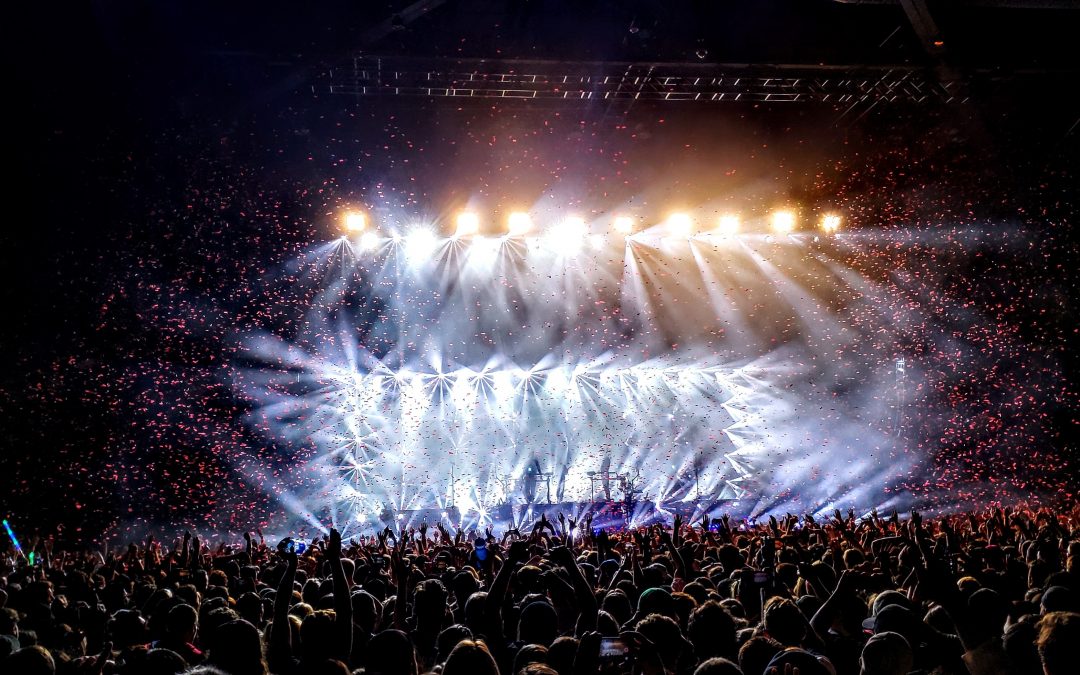Perched mightily above Pennsylvania Station in Midtown Manhattan, Madison Square Garden’s formidable presence is apparent at a glance. The arena defies all logic in name: far from Madison Avenue, it is neither square nor inclusive of anything resembling a garden.
A venue often graced by famous musicians, athletes, and world leaders, Madison Square Garden may not match its name, but is nonetheless an iconic New York City landmark. It’s also the fourth iteration of its kind. Having endured makeovers, demolition and reconstruction time and again in several locations over nearly a century and a half, the final product is one of monumental stature and significance
Madison I through III: Grand, but damned
Madison Square Garden’s epic history begins at Fifth Avenue and 23rd street, southeast of its current location in what is now the Flatiron District.
Formerly occupied by a railway terminal, the space was leased by P.T. Barnum from Cornelius Vanderbilt and transformed into venue branded the Great Roman Hippodrome, or Barnum’s Hippodrome. Barnum seized an opportunity to build a large enclosed event space once Cornelius Vanderbilt moved his railroad to Grand Central Terminal.
Barnum went on to build a 274-foot oval center laced with wooden benches wrapped around the building’s performance space. The building would only draw big crowds for a few events at the time, so there was a revolving door for proprietors. The original construction was far from perfect: a tent was used to seal the of the venue, making it very difficult to host during inclement weather.
After five years, William Vanderbilt reclaimed the venue and gave it a new presence that would kickstart it’s future legacy. On May 31, of 1879, a gala ceremony presented the new name: Madison Square Garden. It was used to host boxing matches and circus performances among other fantastical events.
Though Vanderbilt would crown the name that would last until present day, we can’t say the same for the actual MSG building. Madison I, as it’s called today, was sold to a syndicate that included Andrew Carnegie and J.P. Morgan. They demolished the building in 1891 and commissioned the second rendition: Madison II.
The second rendition was born from the mind of renowned architect Stanford White; featuring Moorish architecture and 33 stories, it towered over Madison Square Park. Madison II was the second tallest building in Manhattan at the time, and its main area was the largest in the world with room for 8,000 seating and thousands more standing.
After its grand opening in 1920, the new tower had a 1,200-seat theater, a concert hall that could hold 1,500 persons, and the largest restaurant in the city. It even had a roof garden, making the name more appropriate. The building cost $3 million in total but was doomed to suffer the fate of its predecessor. In 1925, the mortgage owners, New York Life Insurance Company, decided to tear the building down to replace it with their new headquarters.
Madison III, it would be determined, was to end in rubble as well. Built on 8th Avenue between 48th and 50th, the enormous venue boasted a massive seating capacity of 18,496 people, seats that would fill to the brim for the Ringling Brothers, the New York Knicks and Rangers, and the American First Committee peace rallies.
It was nowhere near Madison Square, but the name stuck around along with another moniker: “The House That Tex Built.” This name is in reference to owner and operator Tex Rickard, who built the arena in just 249 days at a cost of $4.75 million.
Madison III had a pretty solid 37-year run, but was demolished when the Madison Square Garden we know and love today opened in 1968.
Madison IV: The final era?
The current Madison Square Garden, located at 7th Avenue between 31st and 33rd streets, opened as a by-product of the demolition of the original Pennsylvania Station’s above-ground hub. Irving M. Felt purchased the air rights from the Pennsylvania Railroad and built Madison IV: a venue that would outlast its predecessors.
The new structure was unique because it was one of the first buildings to be built above an active railroad station. Madison Square Garden is located in the sports and entertainment building formally known as the Pennsylvania Plaza, and touts a brand that acts as a monument in not only Midtown Manhattan, but the world.
The new building was built around its core cash cows: Circus and talent acts, the New York Rangers, and Knicks basketball. Yet, the space still earns revenue hosting one-off events of all types, from Democratic and Republican conventions to the Pope’s inductee ceremony.
And so, between 1968 and today Madison Square Garden has persisted, and has garnered the title of “World’s Most Famous Arena.” Currently, Madison Square Garden hosts roughly 320 events a year and saw $1.62B of revenue in 2015.
Both before and after the current Madison Square Garden came into existence, the institution has endured an array of makeovers and reconstructions, housed an entire history of events, and switched hands in ownership again and again. That’s certainly a storied history; one that’s seen generations of people joined by music, laughter, team spirit and applause.
Today it exists as one of New York City’s most fruitful revenue generators. While this matters from an economic standpoint, it’s safe to say that Madison Square Garden’s financial benefit is matched, if not exceeded, by its inherent culture and history.
Featured image: Diana Robinson via Flickr

